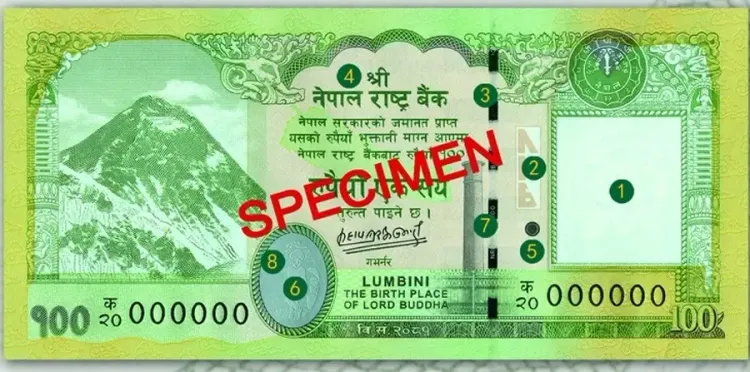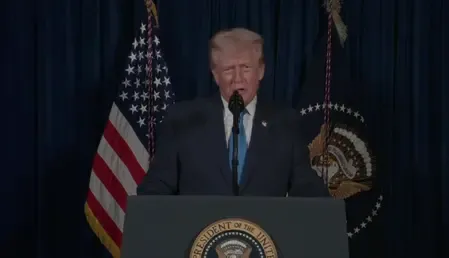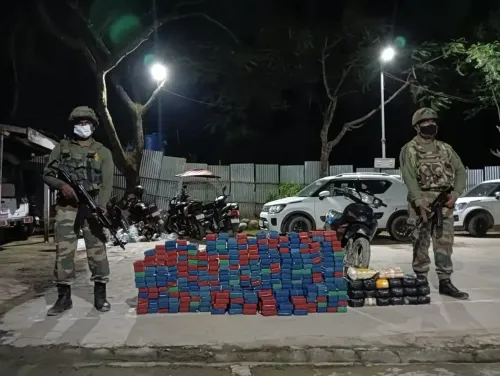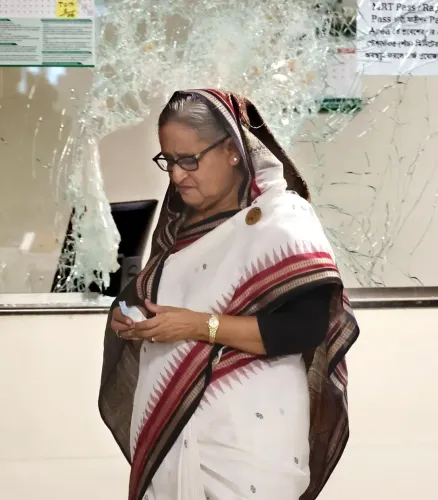Has Nepal Circulated New Banknotes Featuring Disputed Territories with India?

Synopsis
Key Takeaways
- New 100-rupee notes feature disputed territories.
- First time these areas are depicted on currency.
- Move reflects Nepal's assertion of territorial claims.
- Historical tensions between Nepal and India persist.
- The banknote's design remains largely unchanged aside from the updated map.
Kathmandu, Nov 27 (NationPress) Nepal's Central Bank has introduced new 100-rupee-denominated banknotes that prominently feature the disputed territories of Kalapani, Lipulekh, and Limpiyadhura, which are claimed by both Nepal and India, into circulation starting Thursday.
Five years after the Himalayan republic updated its political map to incorporate these contested areas, the Central Bank has, for the first time, released banknotes that depict the revised map.
The new map of Nepal is displayed at the center of the note. Nepal Rastra Bank (NRB) spokesperson Guru Prasad Paudel stated that the map on the 100-rupee note has been modified in accordance with the government's directive.
"After 300 million pieces of 100-rupee notes featuring these areas were produced by China Banknote Printing and Minting Corporation, we have introduced them into circulation," he remarked.
In response to India's release of a new map in 2020 that included these disputed regions, Nepal issued its own map asserting these areas as part of its territory. Under the leadership of then-Prime Minister K P Sharma Oli, Nepal even amended its Constitution to formally declare the area as belonging to Nepal, which further strained relations with India.
The region is located along the northwestern border between Nepal and India’s Uttarakhand state. Previous discussions aimed at resolving the boundary dispute have repeatedly failed, leaving it as a significant source of tension in bilateral relations.
Nepal Rastra Bank issues currency notes in Nepali rupees (NPR) — including denominations of 5, 10, 20, 50, 100, 500, and 1,000 — but only the 100-rupee note features the country’s updated map. The Central Bank confirmed that this modification is exclusive to the 100-rupee note.
Besides the new map, the color and size of the banknote remain unchanged. On the left side of the note, an image of Mount Everest, the world’s tallest peak, is depicted, while the right side displays a watermark of the rhododendron.
At the center of the note, an illustration of the Ashoka Pillar is accompanied by the inscription "LUMBINI, THE BIRTHPLACE OF LORD BUDDHA." Adjacent to the Ashoka Pillar is a tactile mark designed to assist visually impaired individuals in identifying the note by touch. On the left side, there is an image of Maya Devi, the mother of Lord Gautam Buddha, placed within an oval-shaped silver metallic ink.









